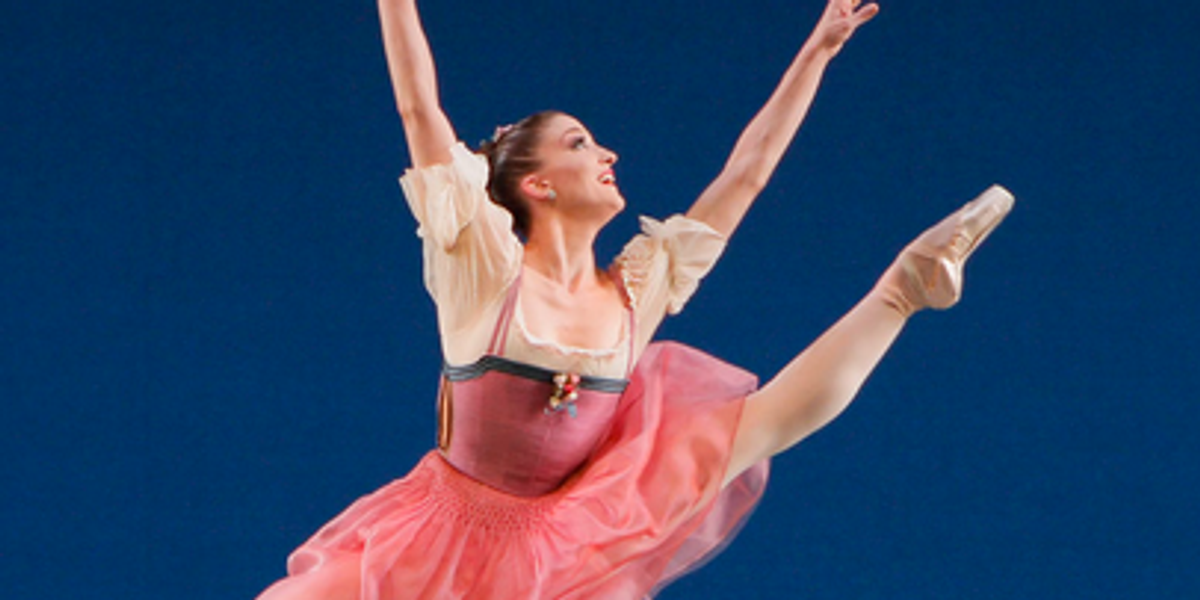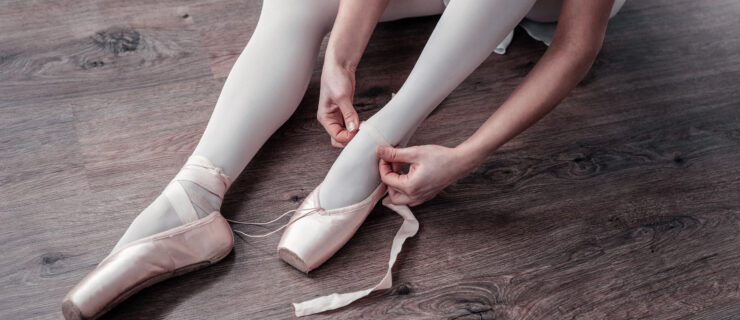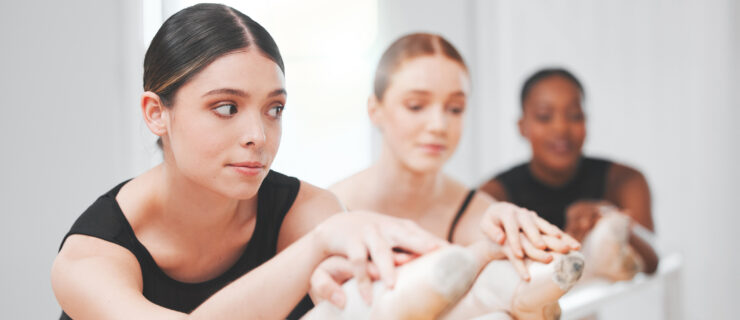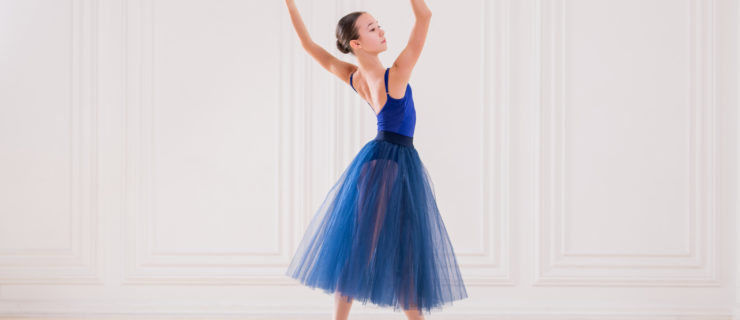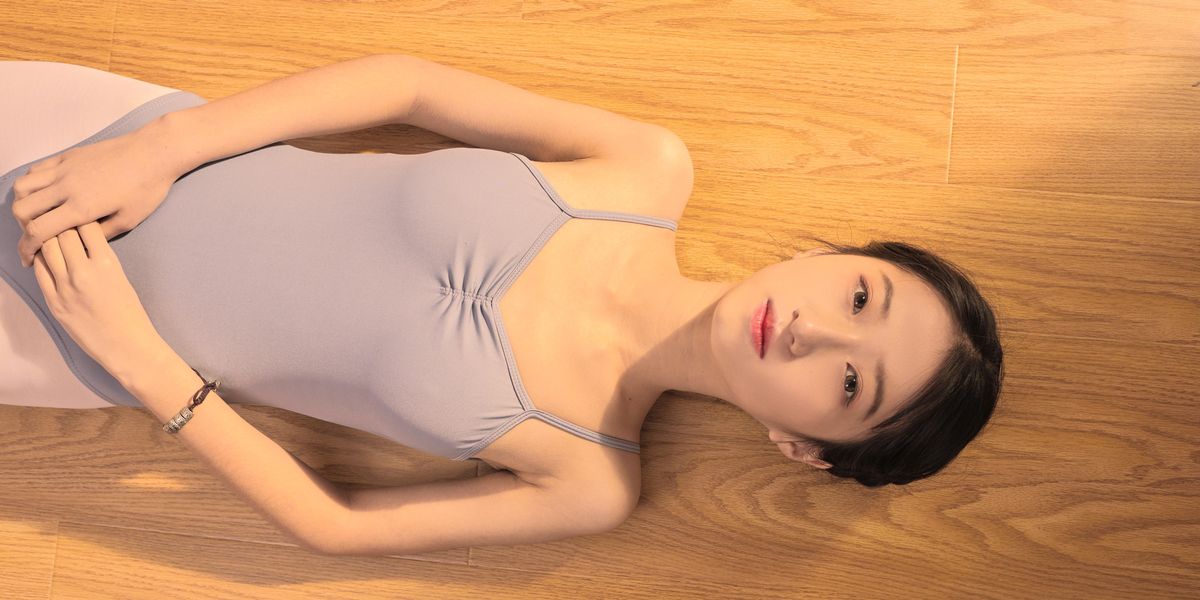Ask Amy Web Exclusive: Tips for Petit Allégro
I can’t seem to get off the ground in petit allégro. Help! —Sara
Developing ballon begins with basic technique: correct alignment throughout the body, strong core and leg muscles, a deep plié, and proper articulation of the feet during push- off and landing. Then, of course, there’s coordination and timing. Here are some basic things to think about:
Plié, plié, plié.
Much of your power stems from having a deep plié from which to push off. It should feel elastic and juicy. If you’re stingy with your plié, or hold lots of tension in your feet and Achilles tendon, you have less of a foundation to spring from.
Feel the whole leg push the floor away.
In order to propel yourself into the air, you need power. Yet when I see young dancers struggle with jumps, they tend to skip a step as they push off—they concentrate on pointing their toes and forget about the rest of the leg. Yet the larger leg and hip muscles are crucial for getting good hang time. As you start to straighten the legs from plié, feel the glutes, thighs and hamstrings engage, and think of using the entire leg to push the floor away, through the knees, calves and heels before the final thrust of your feet and toes propels you off the ground.
Keep it together.
When you’re moving fast, your body needs to be a highly organized package. If you’re out of alignment or suffer from a weak core, it will be harder to move efficiently and maintain balance. For instance, if you sink into your lower back, overpronate your feet and knees, or collapse forward in your upper body every time you land, you lose power and coordination. (It’s also dangerous!) Similarly, if your lose turnout in the air, you’ll waste excess energy making adjustments on the ground.
Anticipate your landing.
Take a tip from New York City Ballet principal Ashley Bouder: While midair, take a moment to mentally prepare for your landing. “When you think about the landing,” she says, “it gives you that extra second in the air, and the landing becomes so much smoother that it actually looks like you’ve gone higher or further.” This will also set you up well for the next jump. Articulate through the foot—toe, ball, heel—and feel the whole foot expand into plié. Remember, too, that preparation for allégro work begins with the very first exercises in class. Think about it—any bend and straighten at the barre sets you up for a potential jump in center. Be very conscious of your technique during simple plié, relevé, tendu, dégagé and fondu exercises.
In addition, you can practice exercises outside of class to isolate and strengthen certain muscle groups. Pilates and Gyrotonic, of course, are wonderful for building core strength. This hip-strengthening squat exercise helps build strength in the gluteal muscles and external rotators that is necessary for powerful takeoffs and controlled landings. And if you have time in your schedule and access to an athletic trainer, you may want to consider plyometrics. Plyometrics are dynamic exercises that are specifically for building power and height in jumps. Here are five exercises to get you started.
